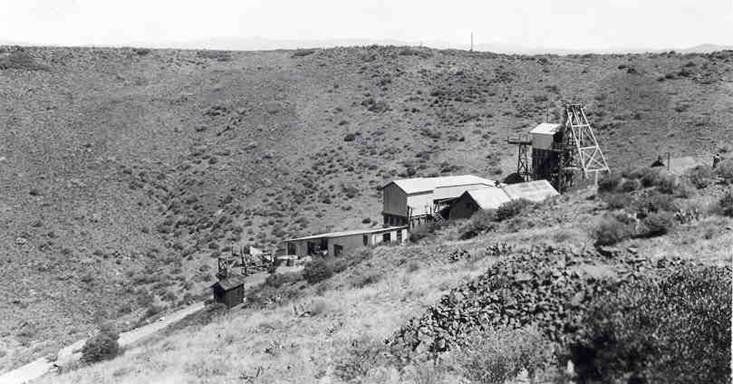
Historic maps provide a window into the exploration and development of an area. This undated map (probably 1864-65) is one of the first maps prepared by the U.S. Army to record the rivers and settlements of the Bradshaw Mountain region. Previous historic maps, going back to the Spanish colonists do not show this level of detailed topographic features and trails.
Joseph Walker, with the aid of Jack Swilling, led his small party of prospectors and adventurers into the Arizona Territory in 1863. They travelled through New Mexico, and entered Arizona from the southeast, followed the San Pedro River north to the Gila River, and then travelled west to the mouth of the Hassayampa River. They followed the Hassayampa River north, past present-day Wickenburg, and up the pine-covered slopes of the Bradshaw Mountains. They discover placer gold deposits along Lynx Creek, several mile southwest of Prescott.
Although this is a small portion of the original map, it demonstrates the importance of rivers in the selection of travel routes and settlement locations in the Arizona Territory.
The townsite of Prescott, Fort Whipple, and Bowers Ranch are located along Granite Creek.
The stamp mill is located along an unnamed creek. The network of trails and roads follow the path of the creeks. Fort Whipple was created by the U.S. Army to provide protection to the prospectors and pioneers who settled in Prescott and outlying areas.
This map is included in the Military Map Collection at the National Archives. Many thanks to Jack Carlson for taking this digital photo of the map and providing it to me to support my research. Jack Carlson is the author (along with Elizabeth Stewart) of several books about the hiking trails and history of the Superstition Mountains. Check out his website for more information: www.clearcreekpublishing.com
